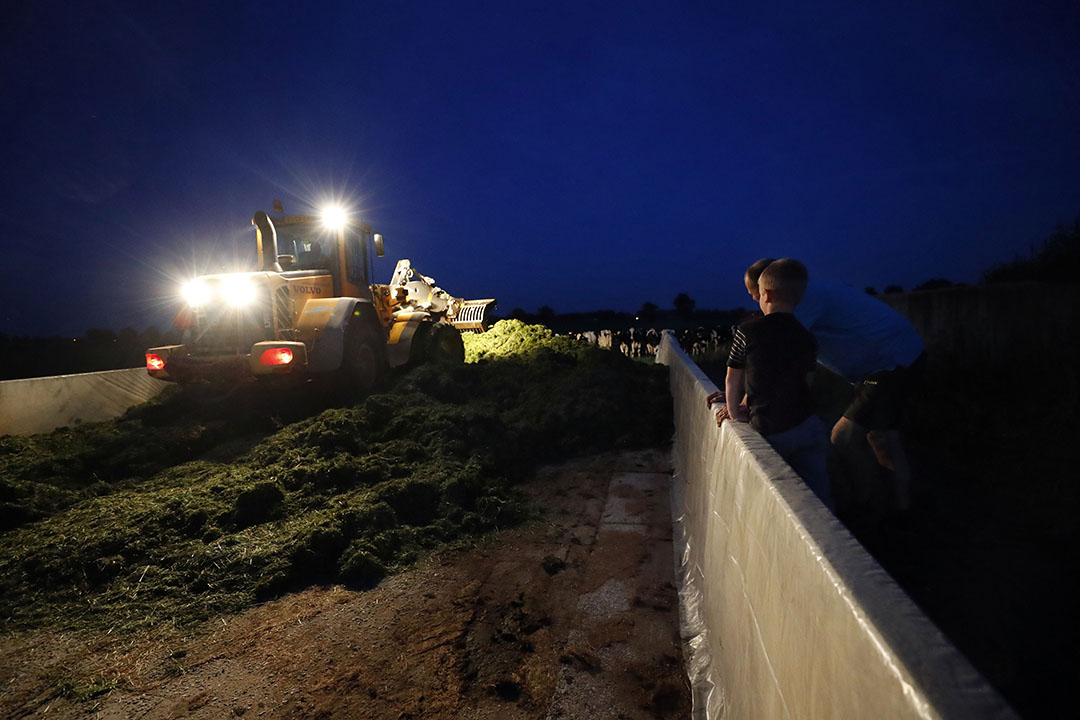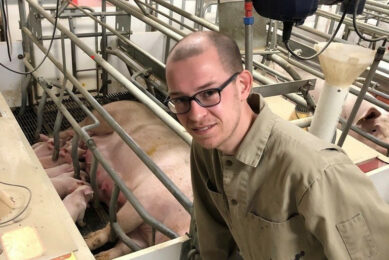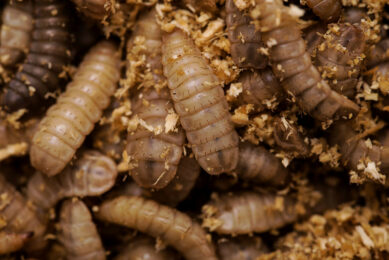Silage production: human safety issues

Here we offer you a review of the risk factors during silage production and how to prevent accidents.
There are many risk factors associated with silage making, which may potentially cause a serious injury or fatality and hence threaten human life and safety. In Britain alone, for example, there were 9.12 deaths per 100,000 workers in 2015. This is significantly higher than in any other industry and 6 times higher than in construction. Safety rules should therefore be implemented to ensure that all workers understand the risks associated with making silage. Below is a review of the major risk factors and ways in which they can be eliminated.
Harvesting silage crops
Producers should avoid harvesting during unfavourable weather conditions, particularly if crops such as corn, sorghum, small grains, and Sudan grass are used. Periods of droughts followed by heavy rainfall – as well as damage from frost and hail – can lead to increased nitrate uptake by these plants and that can lead to the production of an orange, toxic silage gas. Thus, it is recommended to wait a 4 to 5 days.
The silo
Silos must never be overfilled as this greatly increases the chance of a tractor overturning when filling or rolling a silo. Nobody should go underneath a silage cover once the cover has been fixed in place. The fermenting grass uses up the oxygen in the air under the cover very quickly and at the same time, the level of harmful gases increases rapidly. These gases include carbon dioxide and carbon monoxide. Anyone going under the cover when the covers have been fixed in place risks death due to asphyxiation. In tower silos with crops containing less than 30% DM, silage effluent could be a problem. The effluent may produce toxic gases such as hydrogen sulphide, which represents a serious health hazard.

These are management strategies that can help avoid many of these effluent problems:
- Before cutting silage, ensure effluent tanks are empty.
- Inspect effluent tanks and all drainage channels into tanks to ensure that they work effectively.
- Inspect the silage slab to ensure there is no cracking or concrete deterioration which might allow effluent seepage.
- Take remedial action to seal cracks and any other sources of leakage.
- During ensiling, frequently inspect collection channels to ensure that they are not blocked.
- Inspect tanks hourly until the effluent release from ensiled grass has ceased.
Personal safety precautions
- Never work in or near a silo, bunker, or pile alone: make sure there’s a buddy nearby who can keep an eye on you.
- Wear safety vests while working around silage and operating equipment.
- Maintain communication and visibility with a buddy in a safe location when working on, or in, a silage structure.
- Fatigue due to long working hours should be avoided, as this leads to sleepiness, slow reaction times, and increases risk-taking/incorrectly performing silage management tasks.
- Workers should always pay attention to their surroundings and stay alert, especially during night shifts when fatigue can be expected. Proper lighting is essential on night shifts.
- Care should be taken when working near overhead power lines of 10,000 volts or more. Workers should be informed of the location of any overhead lines which may come into contact with the machinery. This will save lives and prevent damage to machines.
- No child under the age of 13 should ever be allowed to ride in a tractor or self-propelled harvester or be involved in any way in the silage making process. Also, children should not be allowed to play around the farmyard or fields when silage is being made.
 ISO/TC 293: international standards for feed equipment
ISO/TC 293: international standards for feed equipment
Here we offer you an overview of the ISO/TC 293 standards for feed machinery and an update on which standards are currently under development.
Machinery
- Make sure that the machine is in a safe operating condition. All guards and safety devices must be in place and functioning correctly.
- Make sure that machines and trailed equipment are correctly attached to the tractor or other vehicle.
- Always stop the machine and the tractor before attempting to carry out maintenance work or to free a blockage.
- Make sure that the machine is adequately supported before working underneath it.
- All loads should be stable and well secured while being transported.
- With silage-making going on until late at night, ensure that all lights, mirrors, indicators, and wipers are fully functioning, clean, and visible.
- Ensure that the brakes of the tractor are in good working order and that the handbrake is fully operational.
- Only competent drivers should be allowed to operate machinery during the silage season and the carrying of passengers should be avoided.
Chemical hazards
Numerous gases including nitric oxide are produced during the first 2 to 3 weeks of the harvesting, filling and ensiling periods. Nitric oxide changes to nitrogen dioxide when it comes into contact with oxygen in the air. When inhaled, NO2 dissolves in the moisture on internal lung surfaces to form nitric acid. This strong acid burns the pulmonary membrane tissue, effectively stopping the supply of oxygen to the body and can thus lead to sudden death. Prevention includes adequate ventilation and proper respiratory protection. Individuals who survive acute exposure should be closely monitored by their physicians.
 Protecting workers from hazardous minerals
Protecting workers from hazardous minerals
In the EU, the European Food Safety Authority (EFSA) evaluates the efficacy and the safety of additives before they can be authorised for use in animal feeds by the European Commission.
Feed-out safety
Once it’s time for the silage to be fed out, the structure presents many dangers, which can easily be avoided if the following measures are taken:
- Never stand closer to the face than 3 times its height.
- Never drive or park vehicles or equipment near the feed-out face parallel to, and close to, the feed-out face of an over-filled bunker or pile.
- When on top of a silage pile, stand no closer to the feed-out face than 1.5 meters.
- Use proper unloading techniques, which include shaving silage down the feed-out face.
References are available from the author upon request.











